Moving Beauty: A Century in Automobile Design
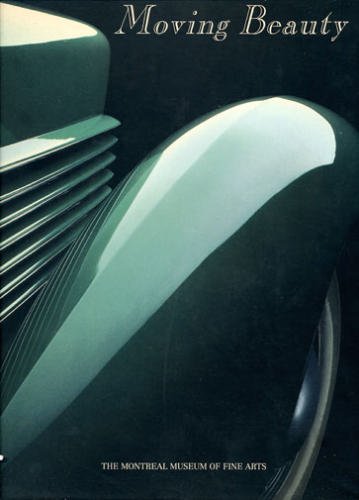 by Pierre Théberge & Luc Gagné
by Pierre Théberge & Luc Gagné
From April 28 to August 28 of 2011, seventeen automobiles from the fabled Ralph Lauren collection had been on display at the Paris Musée des Arts Décoratifs, but this was not the first time that an art museum mounted an exhibition of what some call “rolling sculpture.” The Montreal Museum of Fine Arts, under the direction of Pierre Théberge, presented the exhibit “Moving Beauty” from May through October of 1995. An exquisite catalog accompanied the exhibition, and, still available, this book is a worthy addition to any car enthusiast’s library.
“Forty-nine exceptional cars” were brought in from the world over—from Englewood Cliffs, New Jersey, USA; from Aschaffenburg, Germany; from Lyons, France; from Stuttgart, Germany; from Arese, Italy; from museums, private collections, and car makers. It is easy to imagine the dedication and the hard work of the many who turned an idea, a dream, into reality. The exhibition touched upon the history of the automobile by the inclusion of the 1886 Benz three-wheeler, the vehicle that many consider to be the first car, and the 1889 La Jamais-Contente, a silver bullet mounted on a sprung chassis—a racer with the maximum speed of 106 kilometers per hour. From there, the list just keeps getting better: the 1932 Mercedes-Benz SSK Trossi, a 1934 Chrysler Airflow, the 1947 Fiat 1100S 50, the 1949 Pinin Farina-bodied Bentley Mark VI, a 1955 Jaguar D Type, a 1957 Cadillac Eldorado Brougham, and the 1989 Ferrari Mythos Pininfarina. Grand Prix cars are included, and the exhibition ends, as does the book, with a nod to a greener technology, the 1993 Pininfarina Ethos II, a two-cylinder coupe with exceptional gas mileage and a respectable top speed of 200 km/h.
This book, then, this catalog, is as close as we can now come to experiencing what must have been a remarkable presentation. The photographs are large, uncluttered, bold, handsome. A few three-page foldouts are included—the 1938 Bugatti 57 Atlantic is especially nice. Each car is given from two to four pages that include photos and a strong, informative essay by Gagné who was then editor of Le Monde de l’Auto/World of Wheels magazine. Period photographs illustrate the more historic vehicles. Moving Beauty is a scholarly work. It includes an appropriate introduction; brief biographies of the major players, from W.O. Bentley to Gabriel Voisin; a selected bibliography of 5½ pages; a list of the vehicles exhibited; and a page of photographic credits. The fonts and the page layouts are what one would expect from a book published by a major art museum—this is a fine and worthy volume.
Copyright 2011, Bill Wolf (speedreaders.info).


 RSS Feed - Comments
RSS Feed - Comments

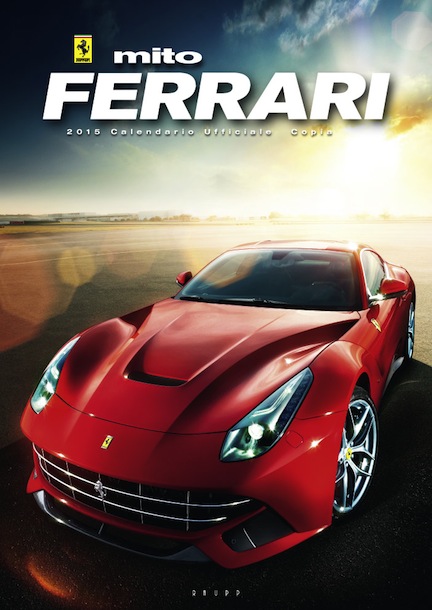
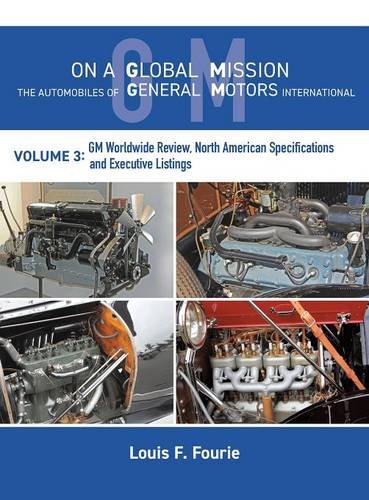
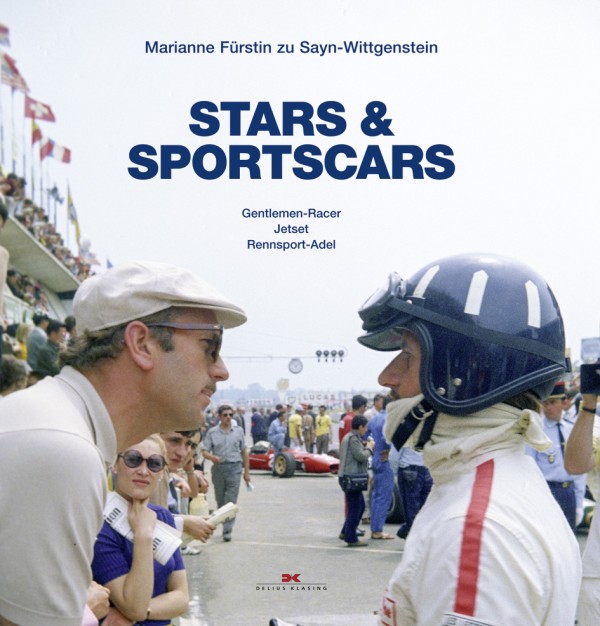






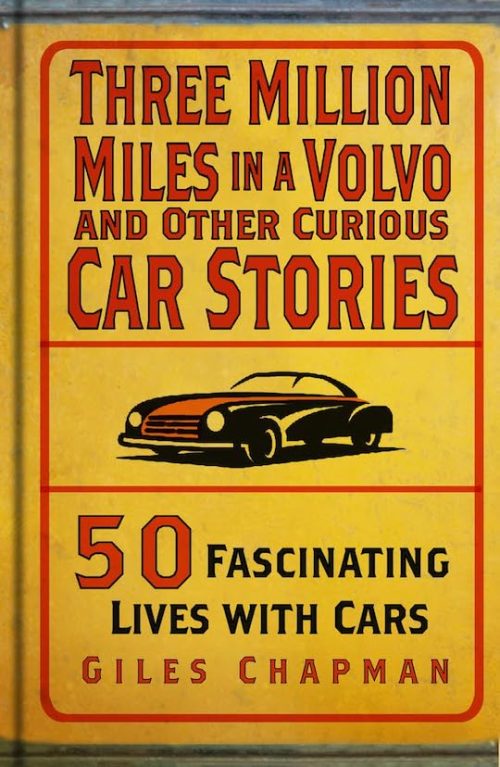


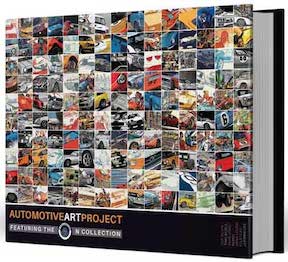
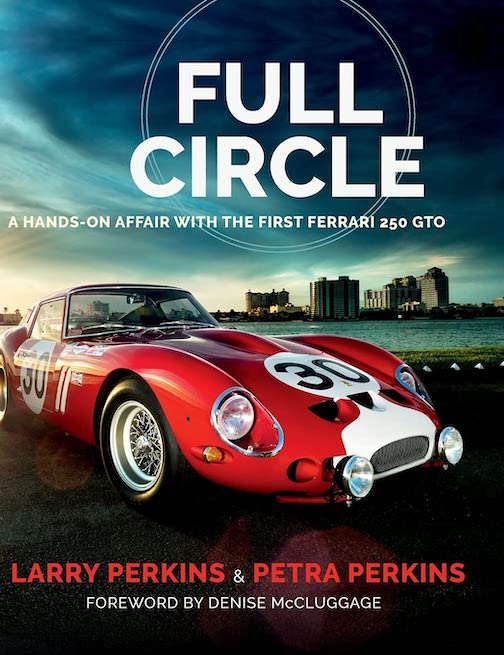


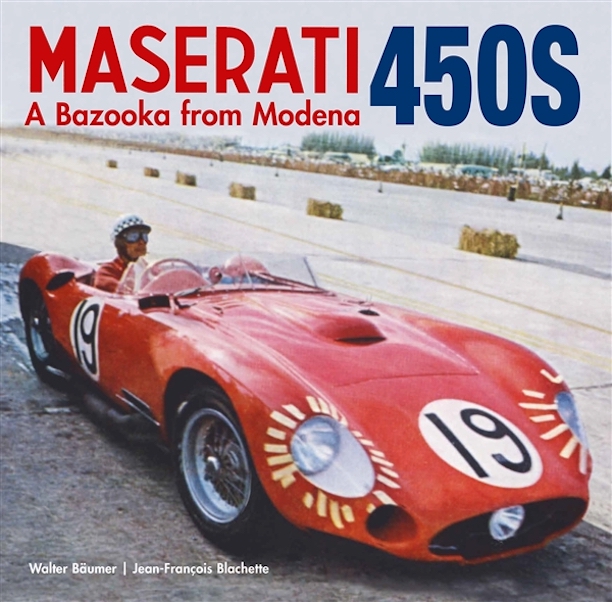



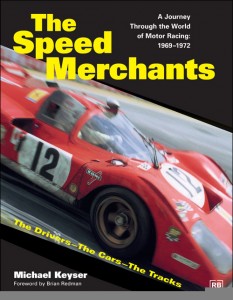
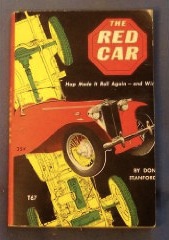

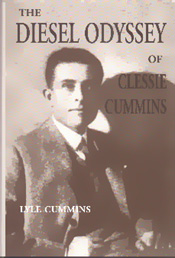


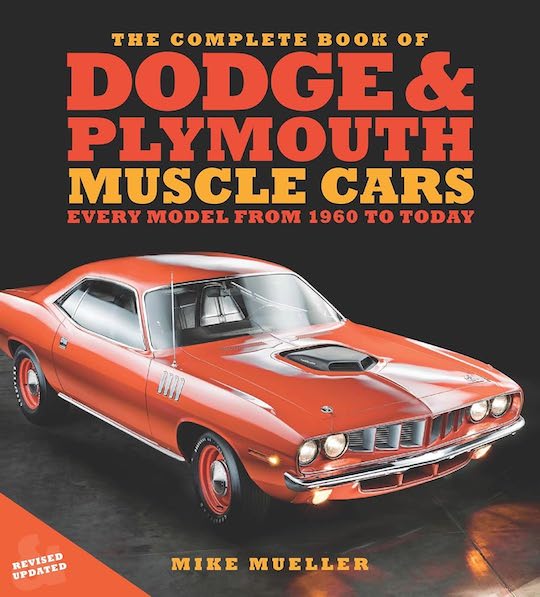
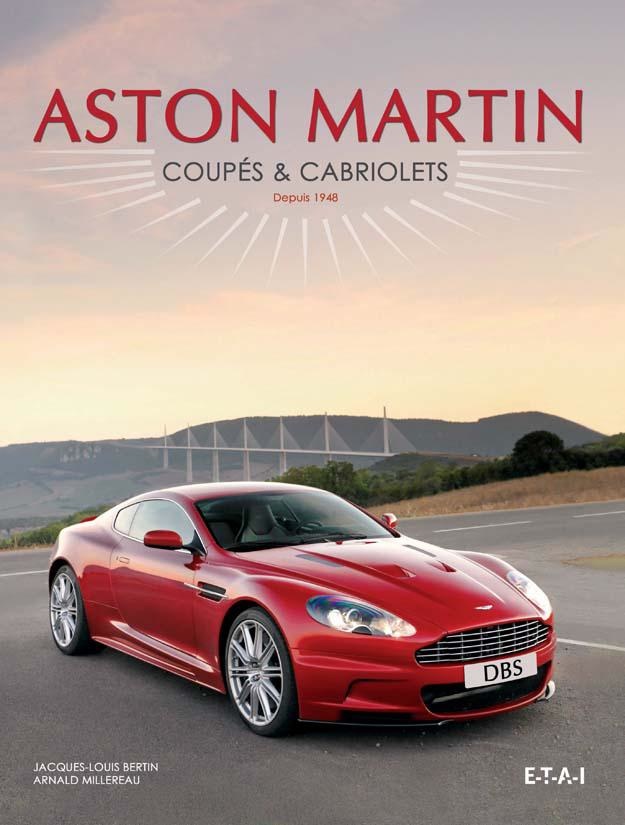




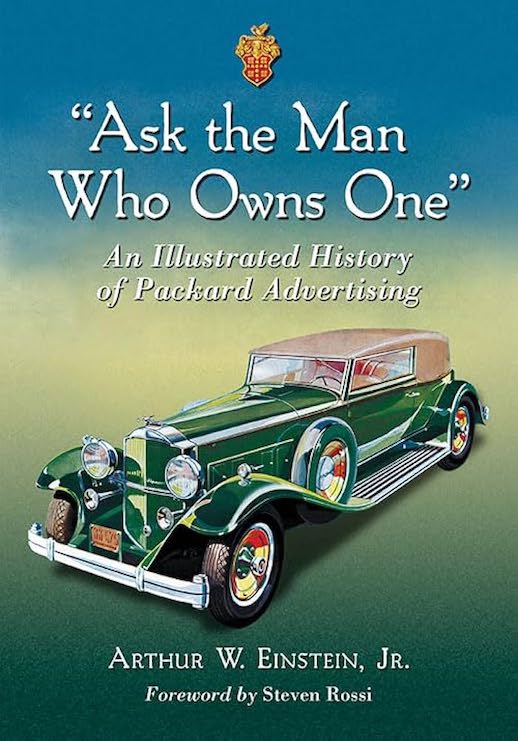





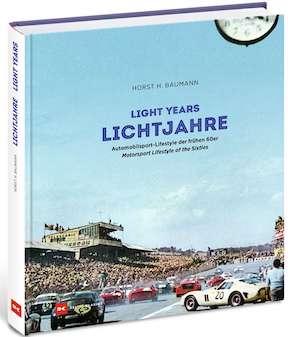






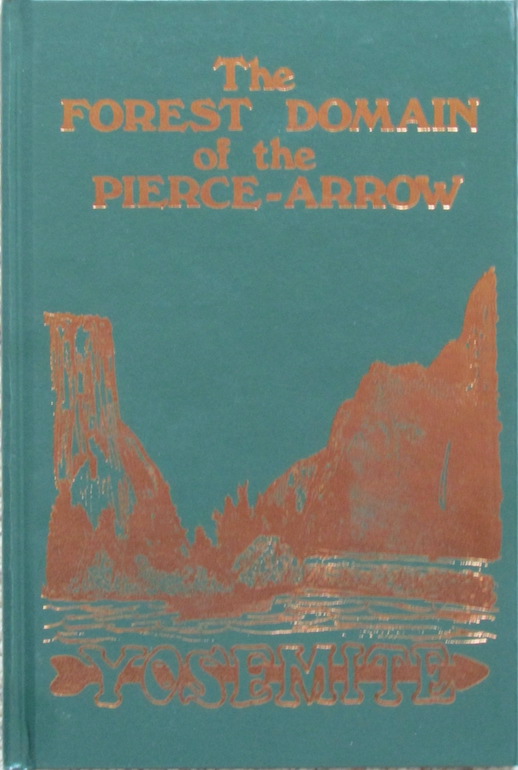
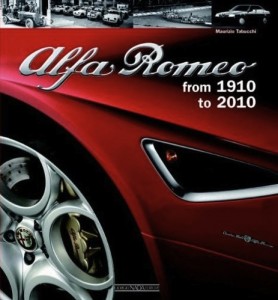


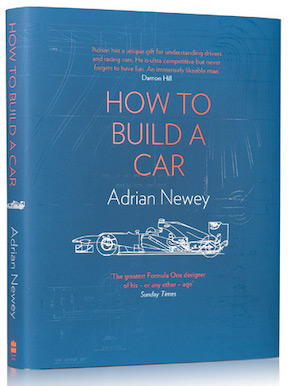
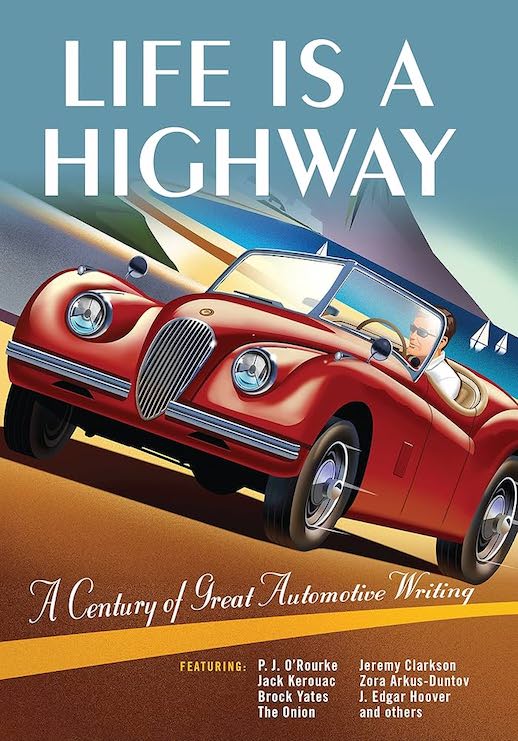
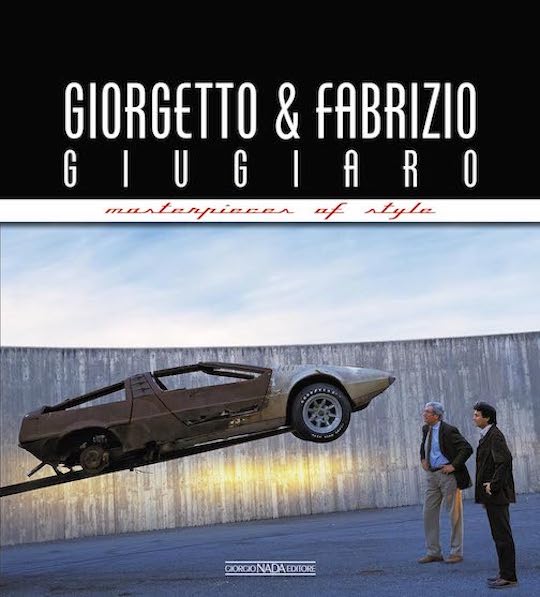
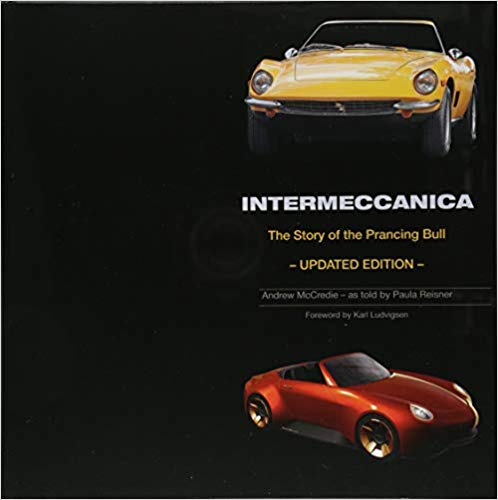
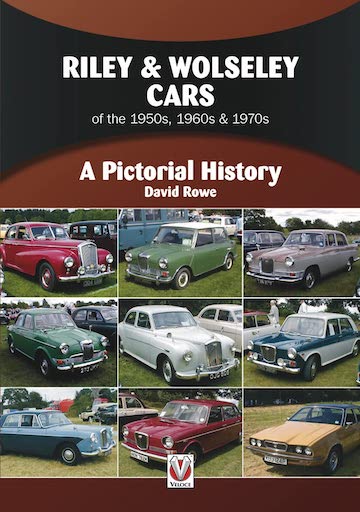


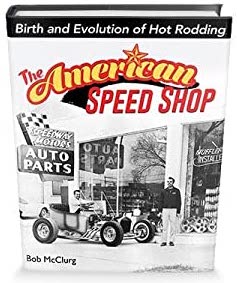
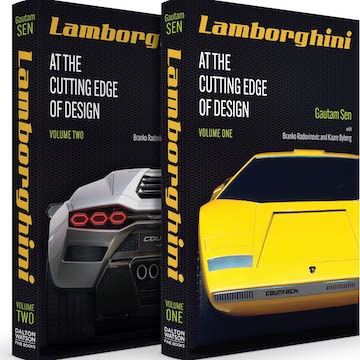



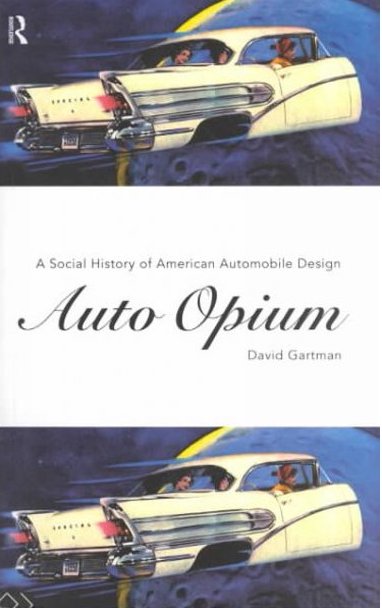


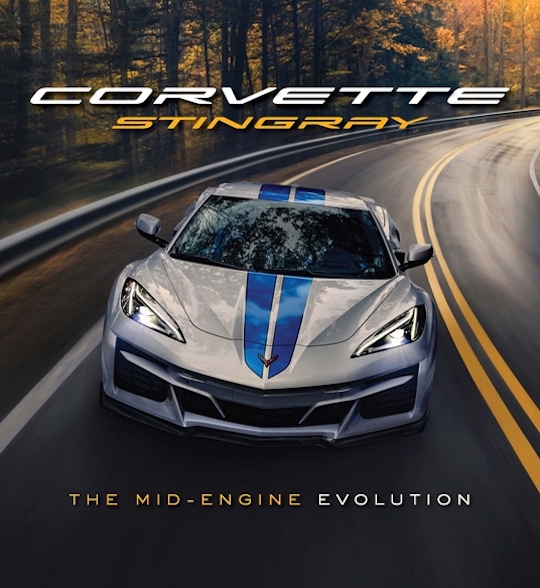
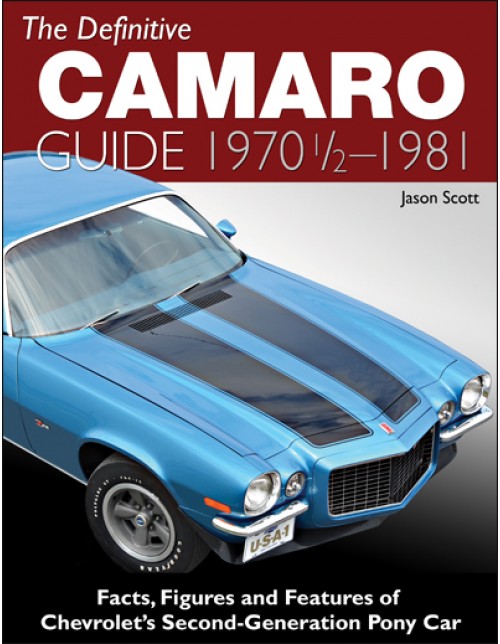

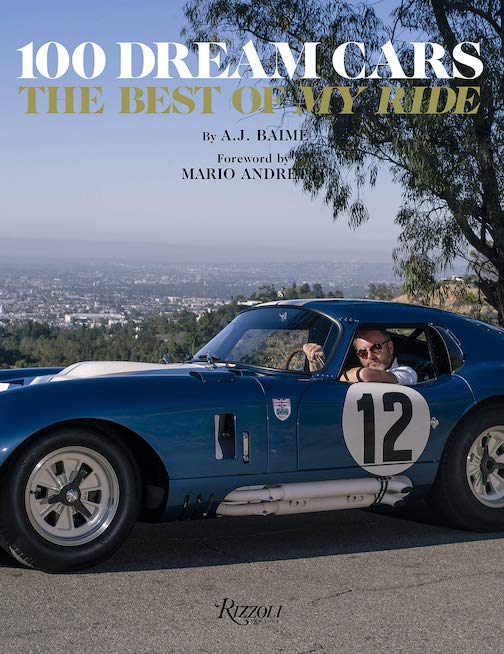

 Phone / Mail / Email
Phone / Mail / Email RSS Feed
RSS Feed Facebook
Facebook Twitter
Twitter